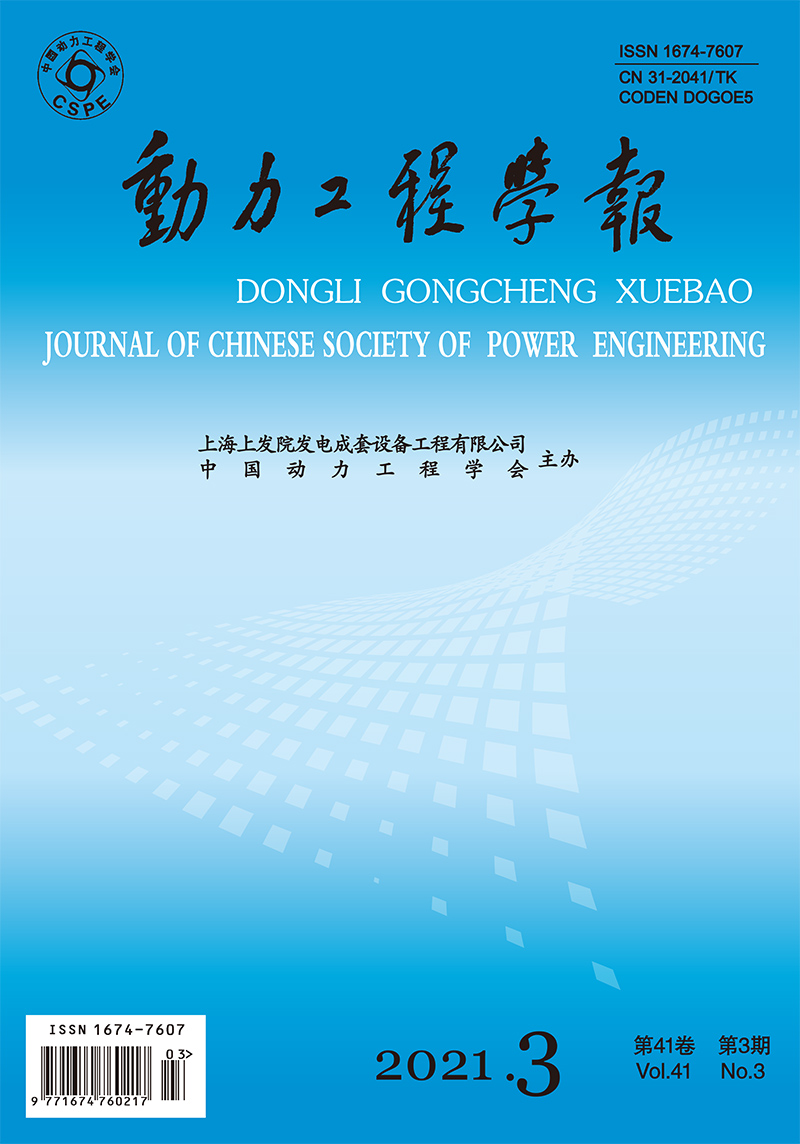Environmental Protection Technology and Equipment
MA Shuangchen, FAN Shuaijun, ZHANG Hui, XU Fang, GUO Xiao, LIU Daokuan, FAN Ruimin, CHEN Yongxin, FAN Binbin
To solve the problems of abnormal operation parameters and difficulties in gypsum dehydration during white mud desulfurization process, the water model, the inorganic salt ion mass concentration model and the density model were established, based on which, the difference between false density and real density of gypsum slurry was studied. The calculating results of the model were corrected by using the total dissolved solids (TDS) mass concentration and the density data of slurry, while coordinated control schemes of TDS mass concentration and density were proposed. Results show that when the TDS mass concentration in gypsum slurry is higher than 80 g/L, the false density of desulfurization system is presented to be a serious deviation, which affects the density control of the desulfurization system and leads to the decrease of the gypsum quality.The proposed coordinated control schemes can provide a reference for desulfurization operation in coal-fired power plants.
